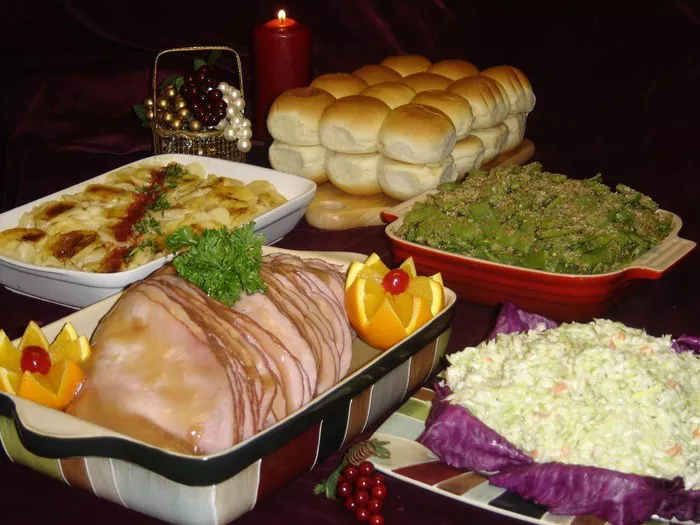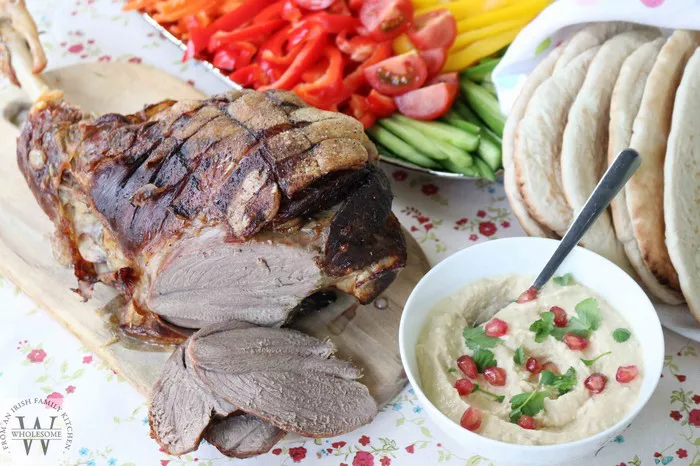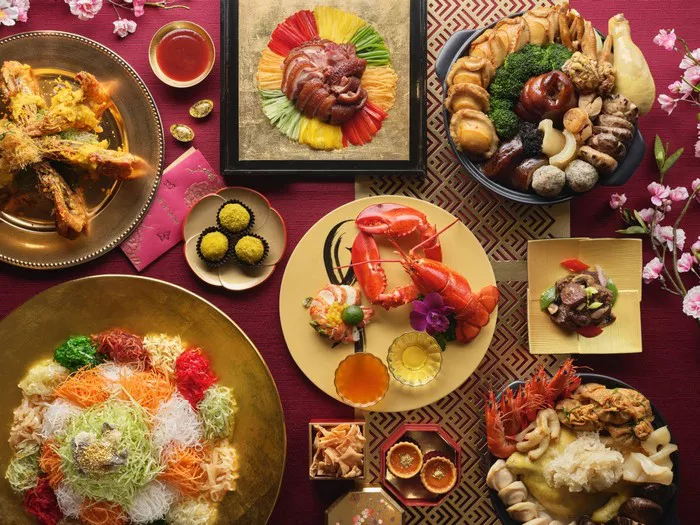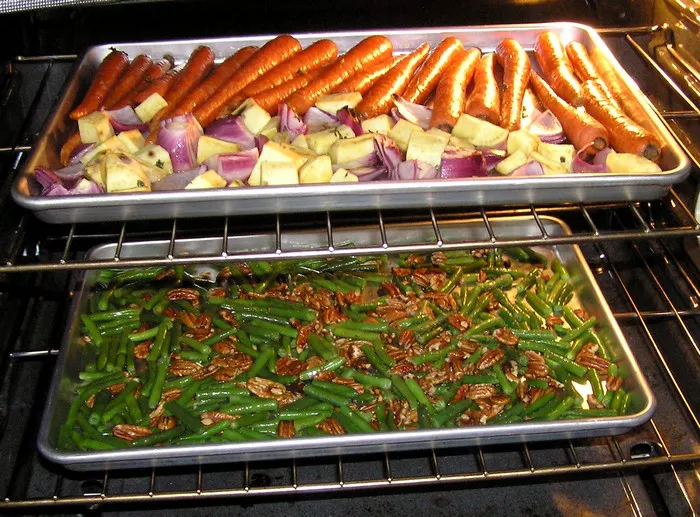Creole cuisine is a tapestry of flavors and influences, deeply rooted in the cultural melting pot of New Orleans and the Southern United States. These dishes are more than just recipes; they are a culinary journey through history, tradition, and rich, diverse flavors. In this article, we unveil the secrets behind four of the most famous Creole dishes that have stood the test of time.
1. Gumbo: The Soulful Stew
Gumbo is often referred to as the soul of Creole cuisine. It’s a hearty and flavorful stew that showcases the essence of Louisiana’s diverse culinary heritage. The secret to gumbo’s enchanting taste lies in its rich roux, a skillfully crafted blend of flour and fat.
The Roux: The Heart of Gumbo
Gumbo starts with a roux, a mixture of fat and flour that serves as the flavor foundation. The roux is cooked to varying shades, from blonde to dark chocolate brown, each offering a unique depth of flavor to the dish. This slow-cooked roux infuses gumbo with a velvety texture and a smoky, nutty taste.
Variations and Ingredients
There are numerous gumbo variations, including seafood gumbo, chicken and sausage gumbo, and vegetarian gumbo. The ingredients can vary, but they typically include the “Holy Trinity” of Creole cooking: onions, bell peppers, and celery, along with okra or file powder for thickening.
The Cultural Significance
Gumbo is more than a meal; it’s a symbol of Louisiana’s cultural diversity. It reflects the blending of African, French, Spanish, and Native American influences. This dish brings people together, celebrating the spirit of unity and togetherness.
2. Jambalaya: A Flavorful Melody
Jambalaya is a lively and aromatic dish that sings with a symphony of flavors. Its secret is in the careful layering of spices, succulent meats, and perfectly cooked rice.
Spices: The Heartbeat of Jambalaya
The magic of jambalaya begins with the spices. Paprika, cayenne pepper, thyme, and bay leaves come together to create a rich and complex flavor profile. Each spice adds its unique note to this culinary masterpiece.
Creole vs. Cajun Jambalaya
Jambalaya has two distinct variations: Creole and Cajun. Creole jambalaya incorporates tomatoes, while Cajun jambalaya is tomato-free. The choice of spices and ingredients varies between these two styles, creating delightful regional nuances.
Jambalaya as Culinary Art
Jambalaya is more than a dish; it’s a canvas for creativity. Cooks often add their personal touch by including a variety of meats, such as sausage, chicken, shrimp, and even alligator. This adaptability is what makes jambalaya a beloved dish in Creole cuisine.
3. Etouffée: A Seafood Embrace
Etouffée is a dish that celebrates the bounty of Louisiana’s waters. The secret lies in the “smothering” technique, where shellfish, typically crawfish or shrimp, are cocooned in a silky, roux-based sauce.
The Art of Roux
Roux, a fundamental element of Creole cooking, takes center stage in etouffée. The roux is cooked to a rich, caramel color, infusing the dish with a velvety texture and a complex, nutty flavor.
Varieties of Etouffée
Etouffée comes in various forms, but the most common versions are crawfish etouffée and shrimp etouffée. The choice of shellfish imparts its distinct taste and texture to the dish.
Etouffée’s Role in Creole Hospitality
Etouffée isn’t just a meal; it’s a symbol of Creole hospitality. It’s often served to guests as a warm and comforting embrace, showcasing the generosity and warmth of Creole culture.
4. Red Beans and Rice: The Ultimate Comfort
Red Beans and Rice is a comforting dish that embodies simplicity and satisfaction. Its secret lies in the slow-cooked marriage of tender red beans, aromatic seasonings, and a bed of fluffy white rice.
The Art of Simmering
Red beans and rice start with dried red beans that are soaked and simmered to perfection. This slow-cooking process allows the beans to absorb the flavors of onions, bell peppers, celery, and spices.
Historical Significance
Red beans and rice have deep historical roots. Traditionally served on Mondays, this dish has its origins in the New Orleans laundry tradition, where women would cook it slowly while catching up on household chores.
A Culinary Tapestry
Despite its humble origins, red beans and rice is a culinary masterpiece. It showcases the power of simplicity and the ability to create profound flavors with just a handful of ingredients.
Conclusion: Unveiling Creole Culinary Secrets
These four famous Creole dishes are more than just food; they are a testament to the rich history, cultural diversity, and culinary artistry of Louisiana. Gumbo, jambalaya, etouffée, and red beans and rice are the soul of Creole cuisine, and their secrets are now revealed for you to explore and enjoy.
























